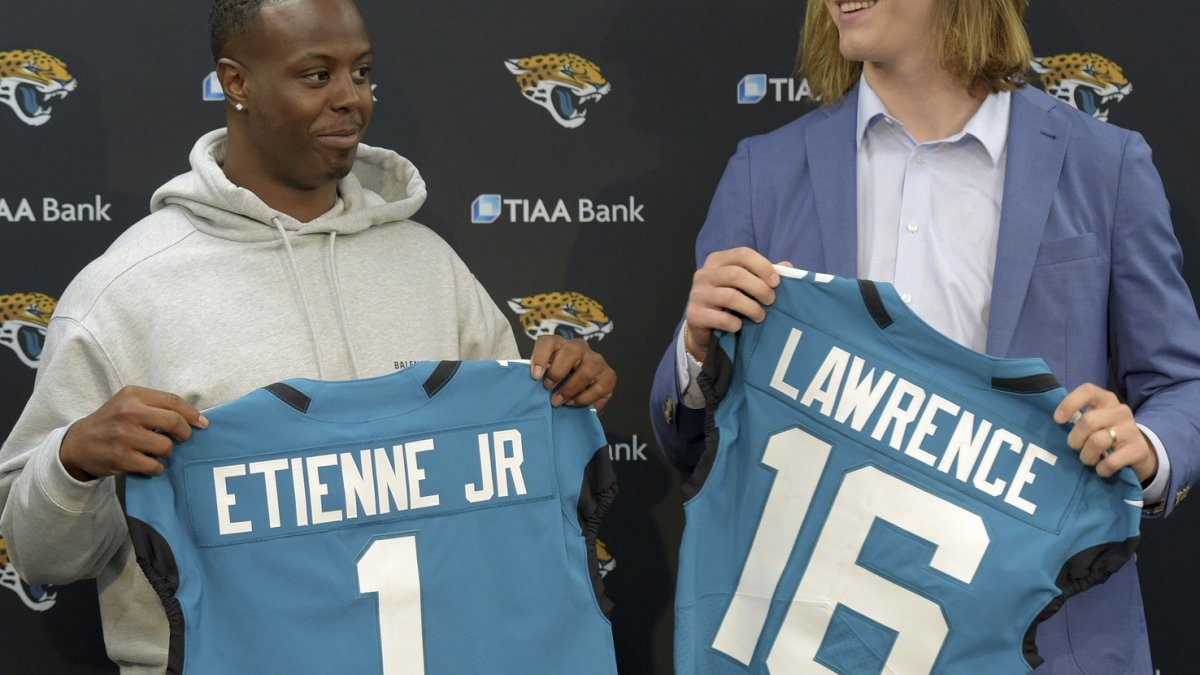In the lead-up to the 2021 NFL Draft, there was a lot of talk about how the pandemic had changed the draft process, as opt-outs, a shortened college season (for most teams) and the cancellation of the NFL Scouting Combine represented massive deviations from the “normal” pre-draft enterprise.
Naturally, experts presented a number of conclusions on how this would shape draft weekend, among them:
- The added uncertainty through a smaller college-play sample size and much fewer in-person meetings would cause the latter portion of the draft to be more of a crapshoot than usual.
- This would lead to teams wanting to trade out of Day 3. We would see more trades giving up Day 3 capital to move into Day 2 and more trades for future draft capital that included a Day 3 pick.
- Another commonly cited theme was that the added uncertainty would lead to more surprising picks. In short, the public was supposed to know less than usual.
More of PFF's 2021 NFL Draft tools here:
2021 NFL Draft Big Board | 2021 NFL Draft Guide | 2021 NFL Draft Stats Export | NFL Mock Drafts | NFL Mock Draft Simulator
While we can’t yet find out whether the first bullet point had any merit (though we will investigate whether the pandemic significantly changed the general Day 3 draft success once the 2021 class has played a few years), we can look at the other two points.
As far as trades are concerned, the projected effect on Day 3 didn’t really happen. There were only three Day 3 trades that included future draft capital (as opposed to six last year) and only two trades where a team traded out completely (as opposed to four last year).
However, the predicted effect might still have happened, only much earlier. There was a run of trades in the early second round, as we observed five trades between Pick No. 35 and No. 43. This could be a coincidence, but it could indeed mean that the confidence in draft boards after the top ~40 prospects had dropped off significantly. This would prove the experts right, and they might have even underestimated the exact point of where this would happen.
The third bullet point stated that we would see more surprising picks and more players falling surprisingly low. There were indeed some examples, as few would have expected Alex Leatherwood to come off the board at No. 17, Payton Turner to be picked in the first round or Jeremiah Owusu-Koramoah falling all the way down to No. 52.
However, if we think about it, is this really any different from the Raiders selecting Damon Arnette at No. 19, Terrell Edmunds and Jordyn Brooks becoming first-round picks and Kristian Fulton falling to No. 61? Surprising things happen in each and every draft, so the question is whether teams made more of these picks this year.
We can test this with a very similar method to the one we used before the draft when we compared Arif Hasan's Consensus Big Board to the NFL draft.
For every X, we look at the first X players drafted and count the number of players who were also ranked top X in the consensus big board.
The following chart shows this number for each X split up by season. The dashed blue line represents “perfection,” i.e., if the draft order and the consensus big board would line up perfectly, and the dashed black line represents the long-term average (80% of all players drafted top X are also ranked top X) we found last week.
The yellow line represents the 2021 NFL Draft, which is also highlighted compared to the others.
Exclusive content for premium subscribers

WANT TO KEEP READING?
Dominate Fantasy Football & Betting with AI-Powered Data & Tools Trusted By All 32 Teams
Already have a subscription? Log in



 © 2025 PFF - all rights reserved.
© 2025 PFF - all rights reserved.